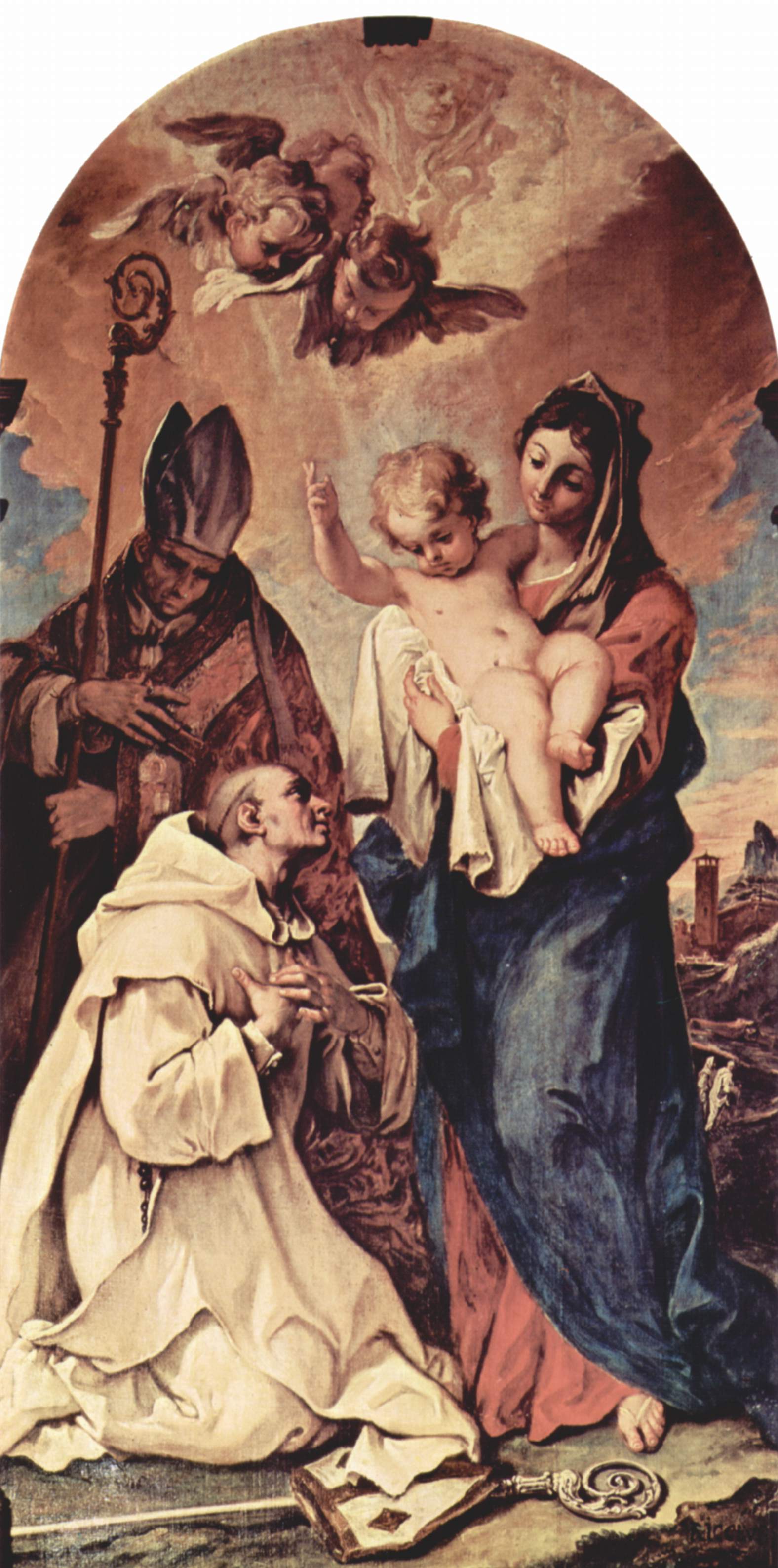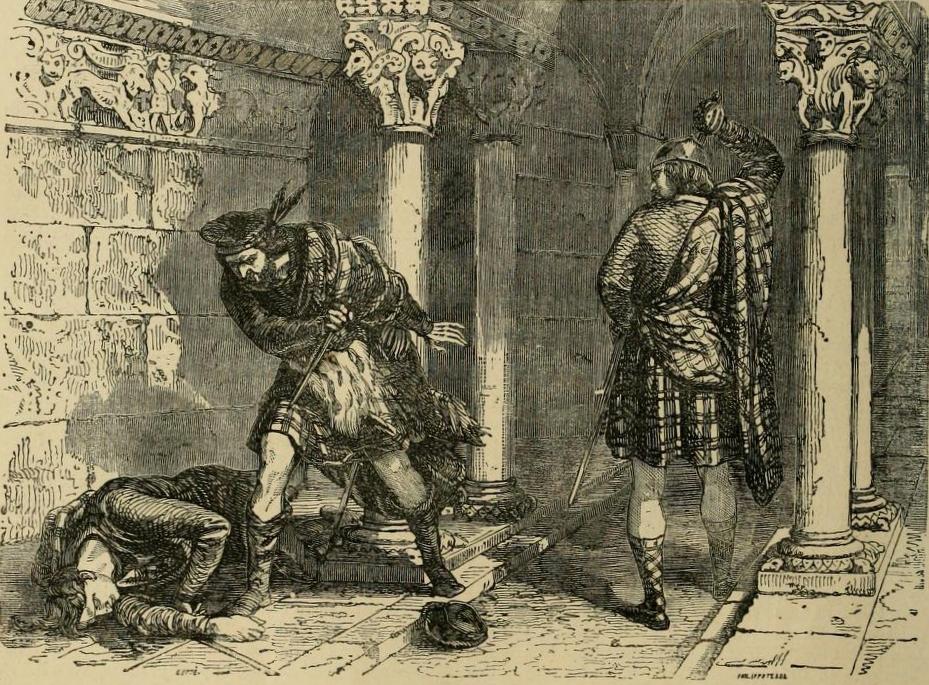|
Beatrix D'Ornacieux
Blessed Beatrix d'Ornacieux (Beatrice of Ornacieux) (c. 1240–1306/09) was a Carthusian nun. Her Calendar of saints, feast day is 25 November. Beatrice was a Carthusian nun who founded a settlement of the order at Eymieux in the department of Drôme. According to her ''Vita'', written by Marguerite of Oingt, she was especially devoted to the Passion (Christianity), Passion of Christ and is said to have driven a nail through her left hand to help herself to realize the sufferings of the Crucifixion. Her cultus was confirmed by Pius IX in 1869. (See "Anal. jur. pont.", 1869, XI, 264.) There are modern lives by Bellanger and Chapuis and a full account in Lecoulteux, "Ann. Ord. Cath." (V, 5). Her feast is on 25 November according to the current Carthusian Calendar. References External links"The Saint Challenge Day 25 - Blessed Beatrice d’Ornacieux - November 25": ''Blessed Beatrix d'Ornacieux''at ''CatholicTreehouse.com''"Saint of the Day, February 13": ''Blessed Beatrix d'Orna ... [...More Info...] [...Related Items...] OR: [Wikipedia] [Google] [Baidu] |
Roman Catholic Church
The Catholic Church (), also known as the Roman Catholic Church, is the List of Christian denominations by number of members, largest Christian church, with 1.27 to 1.41 billion baptized Catholics Catholic Church by country, worldwide as of 2025. It is among the world's oldest and largest international institutions and has played a prominent role in the history and development of Western civilization.Gerald O'Collins, O'Collins, p. v (preface). The church consists of 24 Catholic particular churches and liturgical rites#Churches, ''sui iuris'' (autonomous) churches, including the Latin Church and 23 Eastern Catholic Churches, which comprise almost 3,500 dioceses and Eparchy, eparchies List of Catholic dioceses (structured view), around the world, each overseen by one or more Bishops in the Catholic Church, bishops. The pope, who is the bishop of Rome, is the Papal supremacy, chief pastor of the church. The core beliefs of Catholicism are found in the Nicene Creed. The ... [...More Info...] [...Related Items...] OR: [Wikipedia] [Google] [Baidu] |
Crucifixion
Crucifixion is a method of capital punishment in which the condemned is tied or nailed to a large wooden cross, beam or stake and left to hang until eventual death. It was used as a punishment by the Achaemenid Empire, Persians, Ancient Carthage, Carthaginians, and Roman Empire, Romans, among others. Crucifixion has been used in some countries as recently as the 21st century. The crucifixion of Jesus is central to Christianity and the Christian cross, cross (in Catholic Church, Roman Catholicism usually crucifix, depicted with Jesus nailed to it) is Christianity's preeminent religious symbol. His death is the most prominent example of crucifixion in history, which in turn has led many cultures in the modern world to associate the execution method closely with Jesus and with Christian spirituality. Other figures in Christianity are traditionally believed to have undergone crucifixion as well, including Saint Peter, who was crucified upside-down, and Andrew the Apostle, Saint Andr ... [...More Info...] [...Related Items...] OR: [Wikipedia] [Google] [Baidu] |
13th-century French Nuns
The 13th century was the century which lasted from January 1, 1201 (represented by the Roman numerals MCCI) through December 31, 1300 (MCCC) in accordance with the Julian calendar. The Mongol Empire was founded by Genghis Khan, which stretched from Eastern Asia to Eastern Europe. The conquests of Hulagu Khan and other Mongol invasions changed the course of the Muslim world, most notably the Siege of Baghdad (1258) and the destruction of the House of Wisdom. Other Muslim powers such as the Mali Empire and Delhi Sultanate conquered large parts of West Africa and the Indian subcontinent, while Buddhism witnessed a decline through the conquest led by Bakhtiyar Khilji. The earliest Islamic states in Southeast Asia formed during this century, most notably Samudera Pasai. The Kingdoms of Sukhothai and Hanthawaddy would emerge and go on to dominate their surrounding territories. Europe entered the apex of the High Middle Ages, characterized by rapid legal, cultural, and religious evol ... [...More Info...] [...Related Items...] OR: [Wikipedia] [Google] [Baidu] |
French Beatified People
French may refer to: * Something of, from, or related to France ** French language, which originated in France ** French people, a nation and ethnic group ** French cuisine, cooking traditions and practices Arts and media * The French (band), a British rock band * "French" (episode), a live-action episode of ''The Super Mario Bros. Super Show!'' * ''Française'' (film), a 2008 film * French Stewart (born 1964), American actor Other uses * French (surname), a surname (including a list of people with the name) * French (tunic), a type of military jacket or tunic * French's, an American brand of mustard condiment * French (catheter scale), a unit of measurement * French Defence, a chess opening * French kiss, a type of kiss See also * France (other) * Franch, a surname * French Revolution (other) * French River (other), several rivers and other places * Frenching (other) * Justice French (other) Justice French may refer to: * C. G ... [...More Info...] [...Related Items...] OR: [Wikipedia] [Google] [Baidu] |
Carthusian Nuns
The Carthusians, also known as the Order of Carthusians (), are a Latin Church, Latin enclosed religious order of the Catholic Church. The order was founded by Bruno of Cologne in 1084 and includes both monks and nuns. The order has its own rule, called the ''Statutes'', and their life combines both hermit, eremitical and cenobitic monasticism. The motto of the Carthusians is , Latin for "The Christian cross, Cross is steady while the world turns." The Carthusians retain a unique form of liturgy known as the Carthusian Rite. The name ''Carthusian'' is derived from the Chartreuse Mountains in the French Prealps: Bruno built his first hermitage in a valley of these mountains. These names were adapted to the English ''Charterhouse (monastery), charterhouse'', meaning a Carthusian monastery. Today, there are 23 charterhouses, 18 for monks and 5 for nuns. The alcoholic cordial (medicine), cordial Chartreuse (liqueur), Chartreuse has been produced by the monks of Grande Chartreuse sin ... [...More Info...] [...Related Items...] OR: [Wikipedia] [Google] [Baidu] |
1306 Deaths
Year 1306 ( MCCCVI) was a common year starting on Saturday of the Julian calendar. Events January – March * January 3 – Deshou Khan, the only son of Chinese Emperor Chengzong of the Yuan dynasty (Temür Khan) dies, leaving the Mongol Emperor without an heir. * January 27 – The University of Orléans is created by a papal bull issued by Pope Clement V endowing the Orléans institutes in France with the title and privileges of a university. * January 28 – After two hearings, Sunni Muslim theologian Ibn Taymiyyah is found innocent of charges of heresy by the Indian Qur'an scholar Safi al-Din al-Hindi. Taymiyyah is found guilty three months later by a panel of judges in the Mamluk state and imprisoned for four months. * February 10 – Robert the Bruce murders John Comyn III, Scottish nobleman and political rival, before the high altar of the Greyfriars Church at Dumfries. Bruce and Comyn meet to discuss their differences at the church (without the ... [...More Info...] [...Related Items...] OR: [Wikipedia] [Google] [Baidu] |
Year Of Birth Missing
A year is a unit of time based on how long it takes the Earth to orbit the Sun. In scientific use, the tropical year (approximately 365 solar days, 5 hours, 48 minutes, 45 seconds) and the sidereal year (about 20 minutes longer) are more exact. The modern calendar year, as reckoned according to the Gregorian calendar, approximates the tropical year by using a system of leap years. The term 'year' is also used to indicate other periods of roughly similar duration, such as the lunar year (a roughly 354-day cycle of twelve of the Moon's phasessee lunar calendar), as well as periods loosely associated with the calendar or astronomical year, such as the seasonal year, the fiscal year, the academic year, etc. Due to the Earth's axial tilt, the course of a year sees the passing of the seasons, marked by changes in weather, the hours of daylight, and, consequently, vegetation and soil fertility. In temperate and subpolar regions around the planet, four seasons are ... [...More Info...] [...Related Items...] OR: [Wikipedia] [Google] [Baidu] |
Pius IX
Pope Pius IX (; born Giovanni Maria Battista Pietro Pellegrino Isidoro Mastai-Ferretti; 13 May 1792 – 7 February 1878) was head of the Catholic Church from 1846 to 1878. His reign of nearly 32 years is the longest verified of any pope in history; if including unverified reigns, his reign was second to that of Peter the Apostle. He was notable for convoking the First Vatican Council in 1868 and for permanently losing control of the Papal States in 1870 to the Kingdom of Italy. Thereafter, he refused to leave Vatican City, declaring himself a " prisoner in the Vatican". At the time of his election, he was a liberal reformer, but his approach changed after the Revolutions of 1848. Upon the assassination of his prime minister, Pellegrino Rossi, Pius fled Rome and excommunicated all participants in the short-lived Roman Republic. After its suppression by the French army and his return in 1850, his policies and doctrinal pronouncements became increasingly conservative. He was resp ... [...More Info...] [...Related Items...] OR: [Wikipedia] [Google] [Baidu] |
Passion (Christianity)
The Passion (from Latin , "to suffer, bear, endure") is the short final period before the death of Jesus, described in the four canonical gospels. It is commemorated in Christianity every year during Holy Week. The ''Passion'' may include, among other events, Jesus's triumphal entry into Jerusalem, his cleansing of the Temple, his anointing, the Last Supper, his agony, his arrest, his trials before the Sanhedrin and before Pilate, his crucifixion and death, and his burial. Those parts of the four canonical Gospels that describe these events are known as the Passion narratives. In some Christian communities, commemoration of the Passion also includes remembrance of the sorrow of Mary, the mother of Jesus, on the Friday of Sorrows. The word ''passion'' has taken on a more general application and now may also apply to accounts of the suffering and death of Christian martyrs, sometimes using the Latin form ''passio''. Narratives according to the four canonical gospels Acco ... [...More Info...] [...Related Items...] OR: [Wikipedia] [Google] [Baidu] |
Garegnano Charterhouse
Garegnano Charterhouse, also known as Milan Charterhouse ( or ''Certosa di Milano'') is a former Carthusian monastery, or charterhouse, located on the outskirts of Milan, Italy, in the Garegnano district. It now houses a community of Capuchin Friars. History The monastery, dedicated to Saint Ambrose but also known as Our Lady of the Lamb of God, was founded in 1349 by Giovanni Visconti, bishop and lord of Milan. Soon after the foundation, monks from this monastery, with the patronage of Galeazzo Visconti, helped found the Certosa of Pavia. It was then located some 4 kilometers from the walls of Milan. In the 14th century it housed, among others, the poet Petrarch. It was pillaged in 1449 when the Visconti dynasty fell. It was suppressed under the rationalist reforms of the Emperor Joseph II, Milan then being under Austrian rule, and became a parish church in 1782. In 1960 the surviving buildings and parochial duties were taken over by the Capuchin Friars. The present building ... [...More Info...] [...Related Items...] OR: [Wikipedia] [Google] [Baidu] |
Drôme
Drôme (; Occitan: ''Droma''; Arpitan: ''Drôma'') is the southernmost department in the Auvergne-Rhône-Alpes region of Southeastern France. Named after the river Drôme, it had a population of 516,762 as of 2019.Populations légales 2019: 26 Drôme INSEE Drôme's is Valence. History Saint-Vallier in Drôme was the birthplace of one of France's most famous courtesans, the noble-born[...More Info...] [...Related Items...] OR: [Wikipedia] [Google] [Baidu] |






